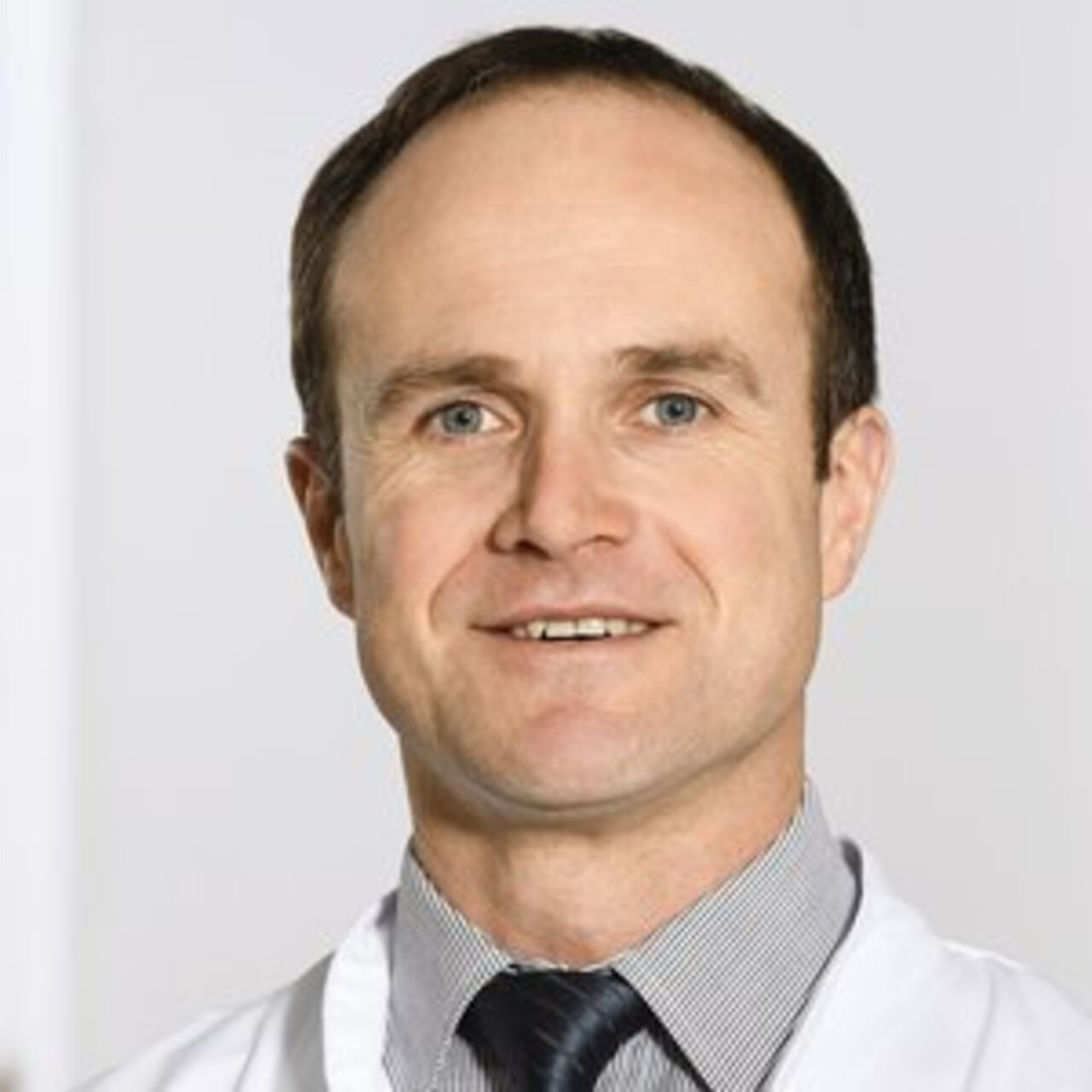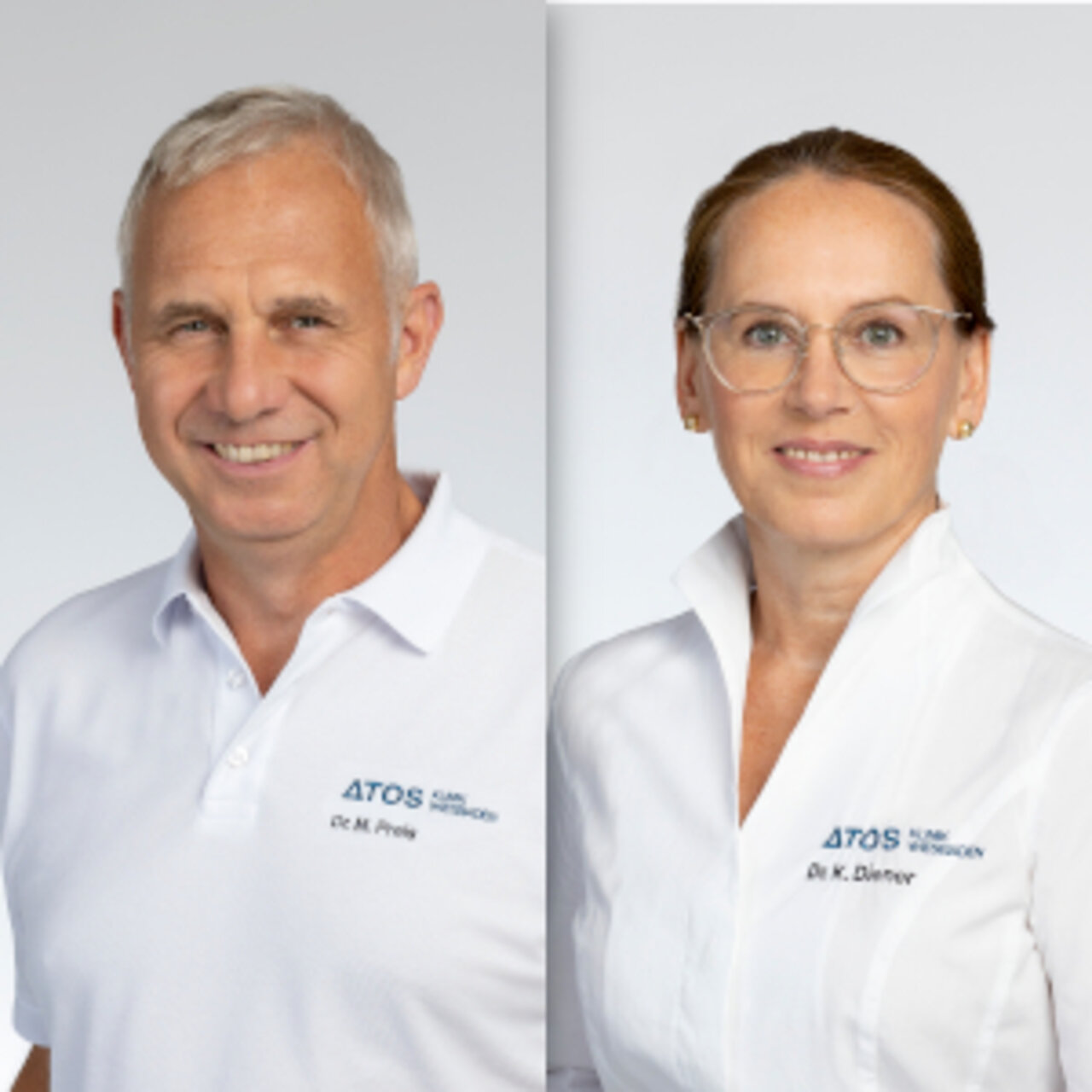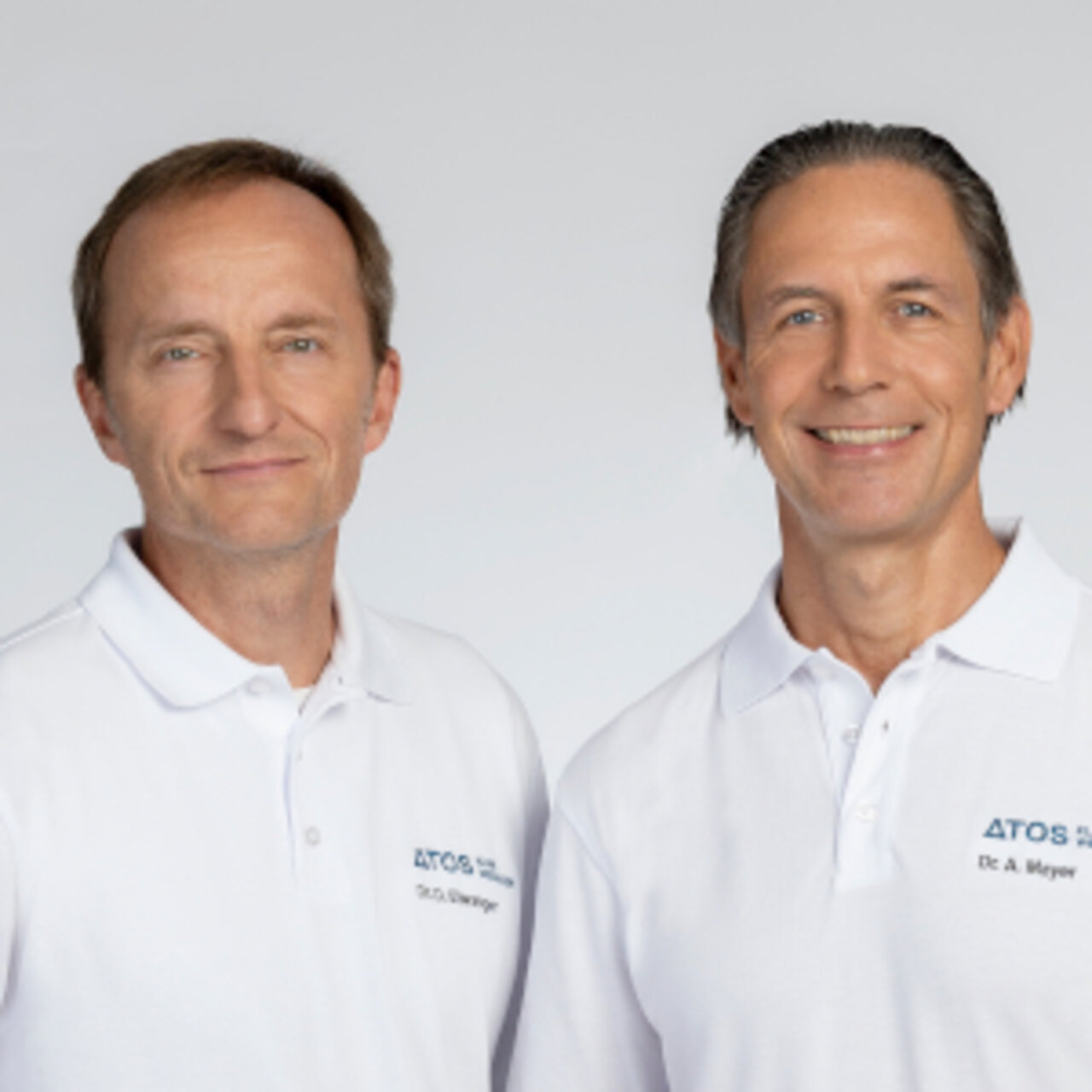Specialists in Knee Prosthesis Replacement
15 Specialists found
Information About the Field of Knee Prosthesis Replacement
What is a Knee Prosthesis Replacement?
A knee prosthesis change or knee revision refers to the replacement of an entire prosthesis or only individual parts of a prosthesis in the knee joint. This procedure is often called knee TEP change (TEP = total endoprosthesis) or simply a change surgery. Usually, a previously uncoupled prosthesis has to be replaced by a partially or totally coupled artificial joint. For this reason, axis-guided knee prostheses with long rods anchored in the bone are often used during a revision, allowing a more stable fit in the knee.
Sometimes, it is sufficient to replace the worn and loose parts of the prosthesis during a revision. It is possible to replace single parts only, such as the sliding surface, which is based on plastic, or the tibia, or femur. For this reason, all parts can be used individually for a revision, so that everything can be individually adapted to the patient.
On average, knee revisions are not necessary until up to 15 years after implantation, but how long a prosthesis will last depends on various influencing factors. These can be, for example, on the patient's age, weight, physical activity, and bone condition of the joints.
When Does a Knee Revision Become Necessary?
Apart from the unavoidable signs of wear and tear after about 10 to 15 years, a significant factor for a knee prosthesis change is the loosening of the entire prosthesis or only individual components of it. There are two types of loosening:
- Aseptic loosening, which is caused by the wear of the plastic inlay.
- Septic loosening, which is caused by a bacterial infection of the artificial knee joint.
Besides, instabilities in the ligament apparatus, malpositioning of the knee prosthesis, or periprosthetic fractures, i.e., fractures of the bones in which the prosthesis was implanted, can also lead to the necessity for a knee revision.
The first indication that a knee prosthesis may have to be replaced is a pain in the knee area, which can occur at rest and under load. Loosening can also cause feelings of instability in the knee joint, restricted movement, or even swelling and overheating in this area.
If signs for that are noticed, the treating physician first examines the position and fit of the prosthesis using imaging techniques such as X-rays. Joint and muscle function, as well as ligament instabilities, are also examined with clinical tests. Furthermore, the doctor should also exclude infection by carrying out a joint puncture in this area and examining the fluid for bacteria in the laboratory.
Replacement Surgery for a Knee Prosthesis
Changing a knee prosthesis is far more complicated than its initial implantation and is therefore only carried out by experienced surgeons. The primary goal is to relieve and eliminate all complaints so that full load and mobility is possible again. Wear and tear or loosening of the knee prosthesis cannot be treated conservatively so that the replacement operation is the only sensible treatment option. If no surgical intervention is considered in the case of existing loosening and wear and tear of the prosthesis, fractures, and bone loss in this area may occur.
The Procedure of Revision Surgery
The prosthesis change takes about two to three hours, depending on the complexity and effort involved, and is carried out either under general anesthesia or under spinal anesthesia, during which the patient is still conscious. The skin incisions run along with the scars of the old incisions. Now the joint capsule is opened, and the parts of the old knee prosthesis are removed with saws and hammers so that the bone surfaces can be milled and prepared for the new prosthesis. Afterward, the new replacement is placed and adjusted on a trial basis to evaluate the stability, function, and range of motion of the new prosthesis. If everything looks fine, the prosthesis parts (often consisting of a coupled-axis-guided knee prosthesis with rods) are placed into the joint and cemented. Then the joint capsule and subcutaneous tissue are closed, and the wound is sutured and dressed with compressive bandages to minimize postoperative pain and complications.
What Happens After the Knee Revision?
An approximately two-week stay in hospital is necessary after a prosthesis change. Subsequently, an inpatient or outpatient rehabilitation of up to four weeks is essential. Freedom from pain will regulate after about seven to 12 weeks, and carrying out sports under full load should not be started until three to six months preoperatively, but the joint should still be protected during this time.
Which Doctors and Clinics are Specialists for Knee Prosthesis Replacement?
Every patient who needs a knee revision wants the best medical care. Therefore, the patient is wondering where to find the best clinic for a knee prosthesis change. As this question cannot be answered objectively, and a reputable doctor would never claim to be the best one, we can only rely on a doctor's experience.
We help you to find an expert for your disease. All listed doctors and clinics have been checked by us for their outstanding specialization in knee prosthesis replacement and are awaiting your inquiry or treatment request.
Author:
PRIMO MEDICO Editorial Office | Created on 12 July 2017 | Last updated on 26 Feburary 2020
Sources:
Kniechirurgie: Rixen, Schoepp, Tingart; 1. Auflg. 2017 Elsevier
https://articon.ch/assets/uploads/files/07_Der_Knieprothesenwechsel_2016.pdf














